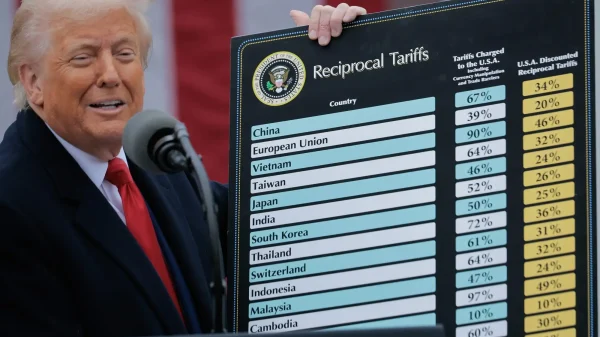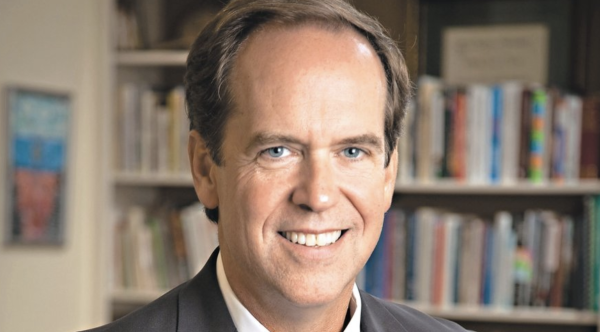Students explore summer internships
While most people view summer as a time of vacationing, tanning, and binge-watching, some Westminster students disagree. Rather than spend their precious spare time for leisure, a select few juniors and seniors devoted their summers to rigorous work as interns in various fields including psychology, biology, chemistry, and more.
After years of anticipation among students for the opportunity to apply their skills learned in the classroom to the professional world, Westminster’s summer internship program was established around 2010. Science Department Chair, Chanley Small, served as a major factor in delivering these incredible summer internships to the community. After working at Emory for five years in the research field of epidemiology, or the study of distribution and prevention of disease spread, Small realized the need for research experiences among bright Westminster students.
“Learning about science is not always the same thing as doing science, so I was looking for opportunities to show students how scientists problem-solve in the real world,” said Small.
Thus, Small assumed the position of head coordinator of scientific internships in late 2010, and the summer internship program began to blossom.
Given the structure of Westminster’s scientific curriculum in the 10th and 11th grades, chemical and biological research served as the most common subjects of student internships over last summer. In particular, senior Faizan Boghani spent his summer working in Dr. Luke Brewster’s vascular surgery lab at Emory University. During his tenure at Emory, Boghani worked around mesenchymal cell quantification. Mesenchymal stem cells signify a kind of multi-potent cell, or a cell with the ability to differentiate into a variety of different cells. Unlike embryonic stem cells, which are pluripotent, or can change into any kind of cell, mesenchymal stem cells can be easily extracted from human bone marrow, making them popular subjects for cellular studies in the lab. The importance of these multi-potent cells revolves around the human body’s ability to recover from vascular injury.
“After someone, for example, got an angioplasty (unblocking of blood vessel), these stem cells are there to promote healing and growth,” said Boghani.
Specifically, Boghani studied the effect of diabetic mesenchymal stem cells versus normal mesenchymal stem cells.
“It’s very difficult to one-to-one match [the abilities of] a healthy cell to a diseased cell, but we wanted to find a way to make those diabetic stem cells comparatively effective to regular human mesenchymal stem cells,” said Boghani.
Joined solely by post-graduate doctors, Boghani undeniably represented the Upper School well in his complex research at Emory.
Just a few miles west of Boghani, at Georgia Tech, junior Adam Liang participated in an eight-week long internship in the study of psychology at the lab of Dr. Phillip Ackerman and Dr. Ruth Kanfer, or the PARK lab, for short. The PARK lab serves as center for research in cognitive, aging, personality, social, and applied psychology fields. While at the PARK lab, Liang aided in two separate observational studies. He first helped in a complex skill acquisition study, where subjects ran an air traffic control simulation called TRACON (terminal radar approach control), which mimics that used in army research. In the simulation, Liang recruited participants, compiled and processed data, and observed the pulse sense (self-monitoring wristbands) of subjects. Additionally, Liang lent his hand in the study of Accountable Care Units’ (ACUs) effect on hospital units at Emory. ACUs represent collaborative practices assigned to various hospital units. For example, a physician, nurse, and pharmacist, working together on one hospital unit. Similar to his job in the TRACON study, here, Liang aided in data collection, organization, and analysis, and website management. Along with the valuable research skills acquired at his internship, Liang also appreciated the bonds he built with fellow interns.
“Without these experiences at the Georgia Tech PARK lab, I would not have such a memorable, fun, and educational summer,” said Liang.
Along with the recent rise of summer internships, the popularity of Jan-Term internships has grown dramatically in a short two-year span. While summer internships revolve primarily around scientific studies, Jan-Term internships represent a much broader spectrum of subjects than summer internships. Jan-Term internships in the past included studies in neurosurgery, elementary school teaching, law, and more. Small, who also serves as the current coordinator of Jan-Term internships, credits the popularity of internships to students’ desires to control their own destiny outside of the classroom.




